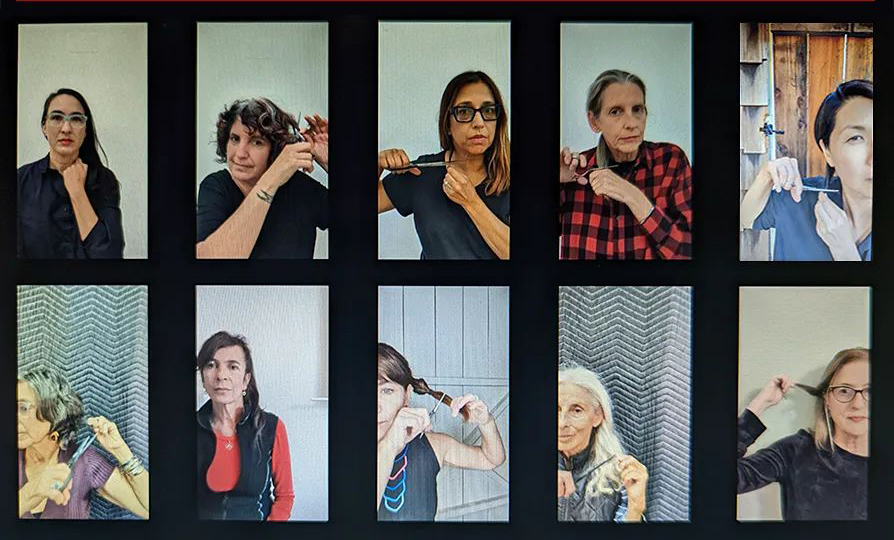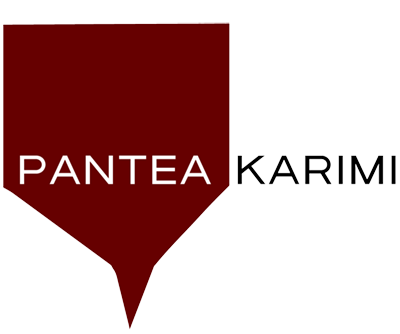Breaking the Cube: A Perspective on Women, Life, Freedom
by Tachiya Bryant

Breaking the Cube: A Perspective on Women, Life, Freedom
“All these years being outside Iran, I thought I had escaped the coercive force of compulsion, but the death of Mahsa Amini took me back to the first time I had to wear the mandatory hijab at school and other public places in Iran when I was a small child. The upheaval and the flashback took me to a very dark, emotional place. As a female artist who also had firsthand experiences with the morality police, I was compelled to respond and extend the exhibition’s content.”
Run-ins with the morality police are not only anxiety-provoking but can be life-threatening for women. Pantea’s visit to Iran in 2016, almost prevented her from leaving the country. Pantea wore clothing to the airport the morality police deemed “Too tight” and was kept in a room and questioned for more than 30 minutes. The female officer refused to release Pantea despite her superior’s orders. After a shouting match, the officer decided to follow directions and release her. She has not been back to Iran since.
Karimi’s latest exhibition is not the first acknowledgment of Iran’s current events. Naked Cube was a dedication to Iranian women, girls, and her cousin, Sadaf attacked by the morality police in Shiraz, Iran October 9th. On October 6th, Pantea Karimi sporadically filmed her friend cutting her hair and donating it for her artwork.
